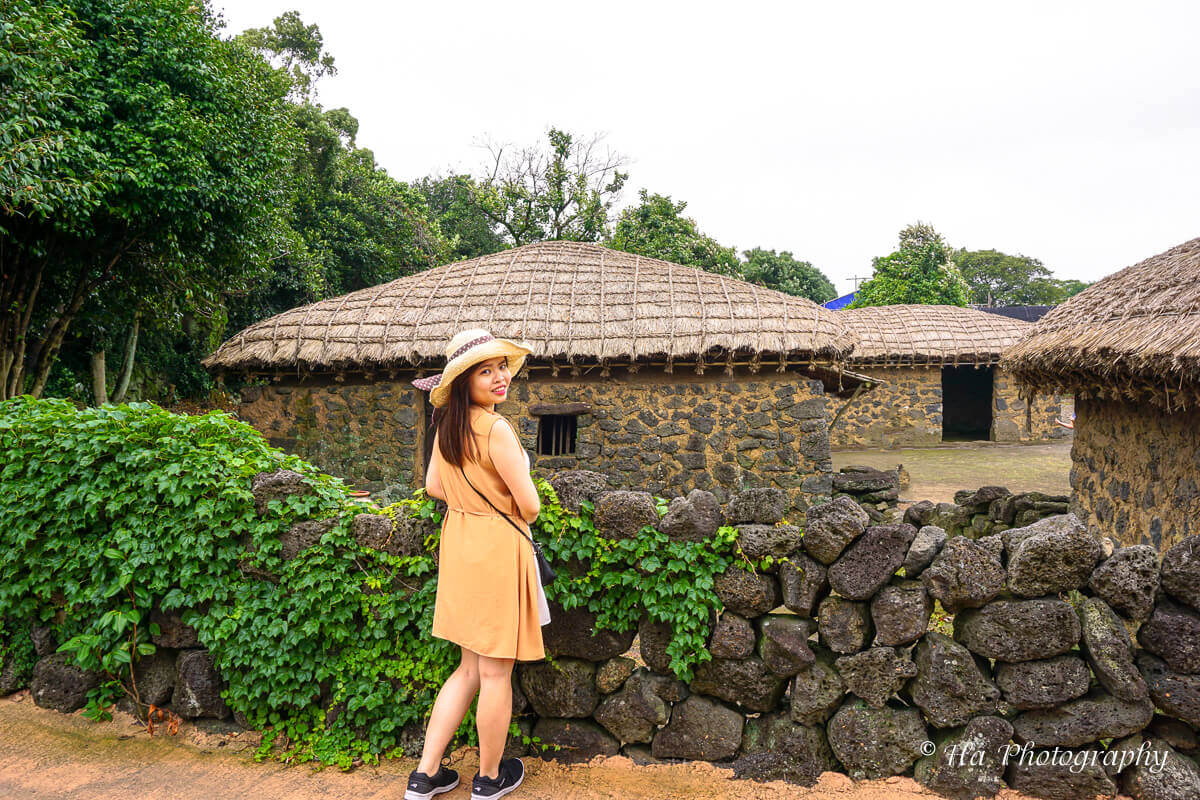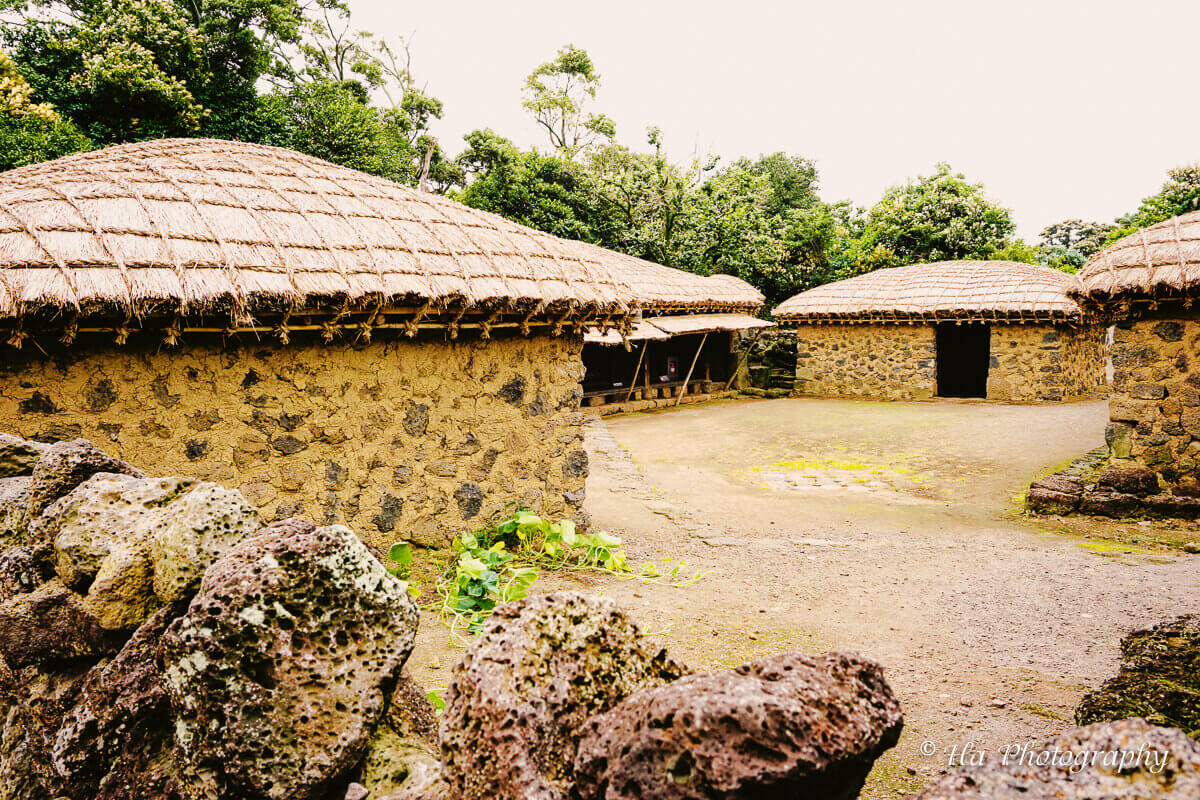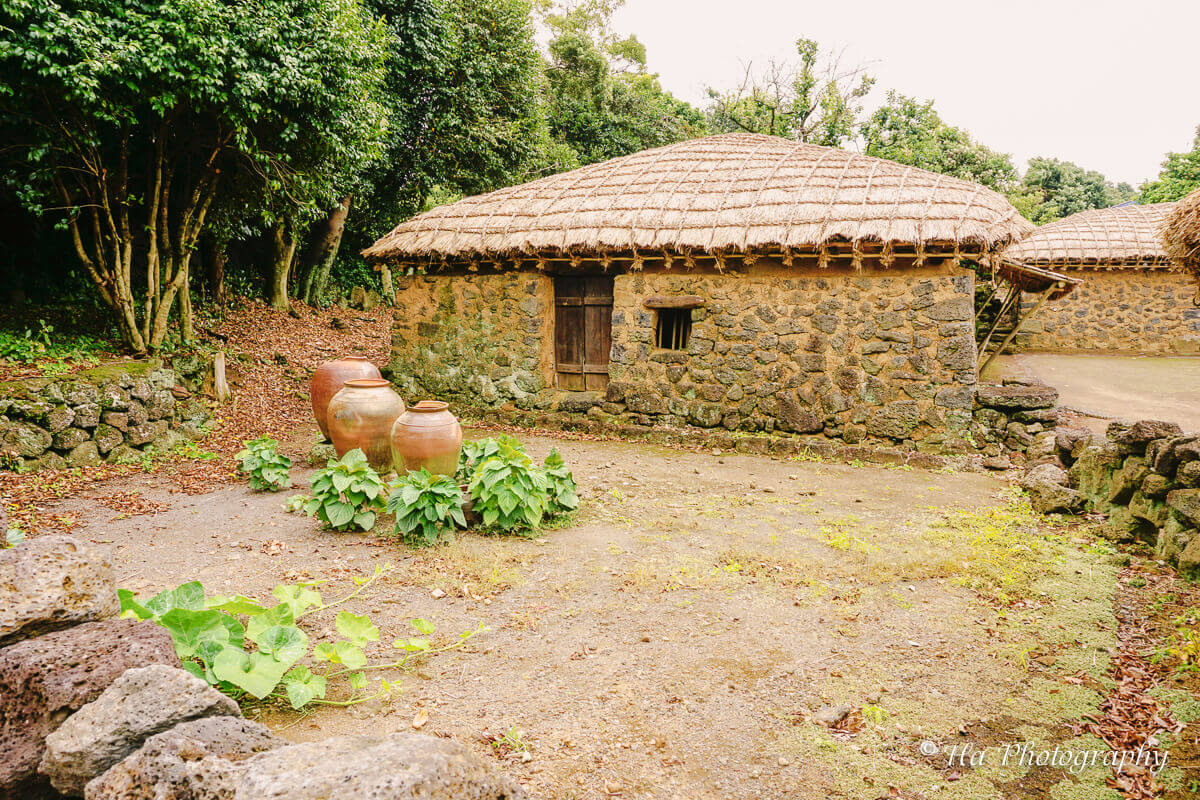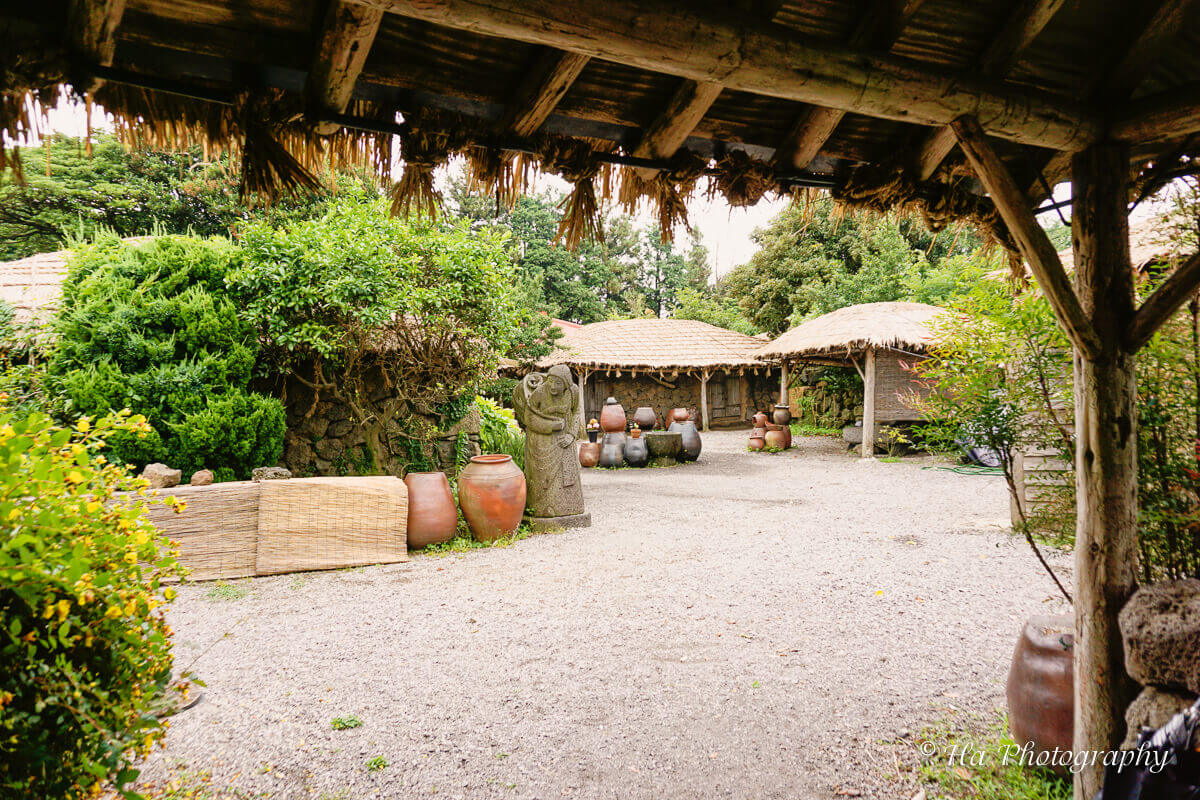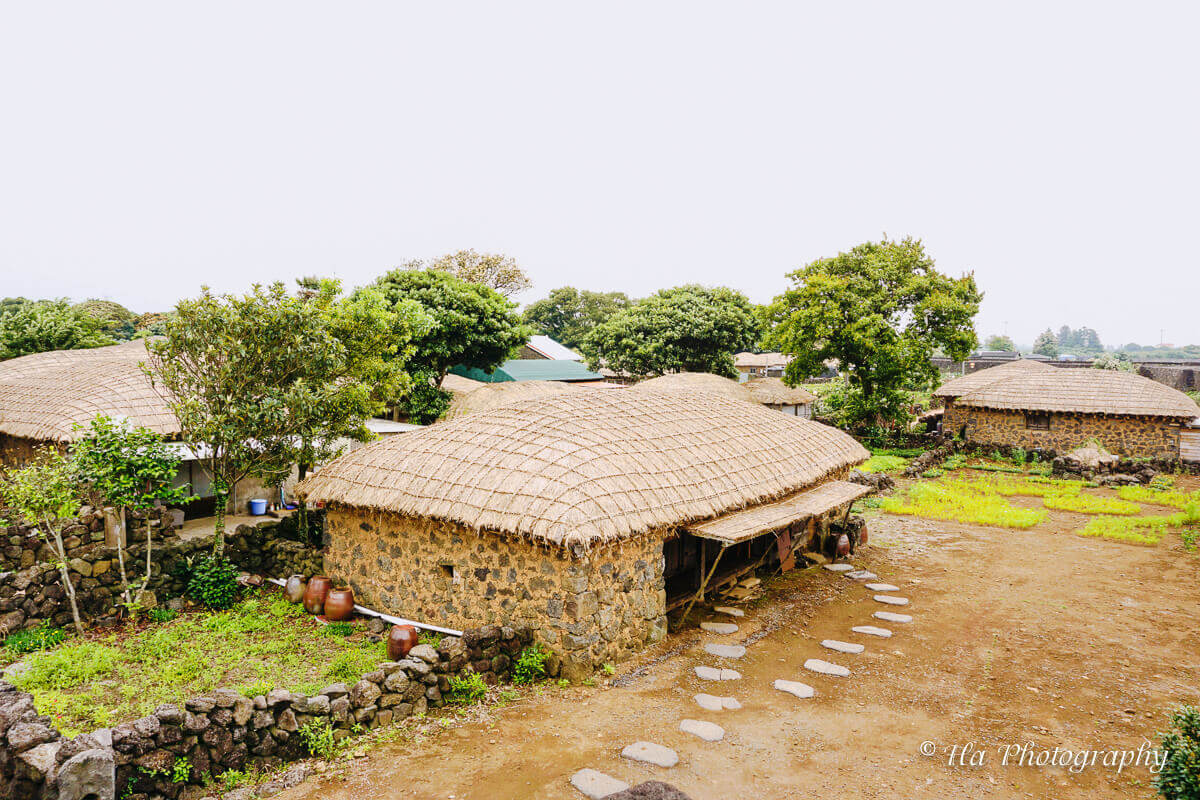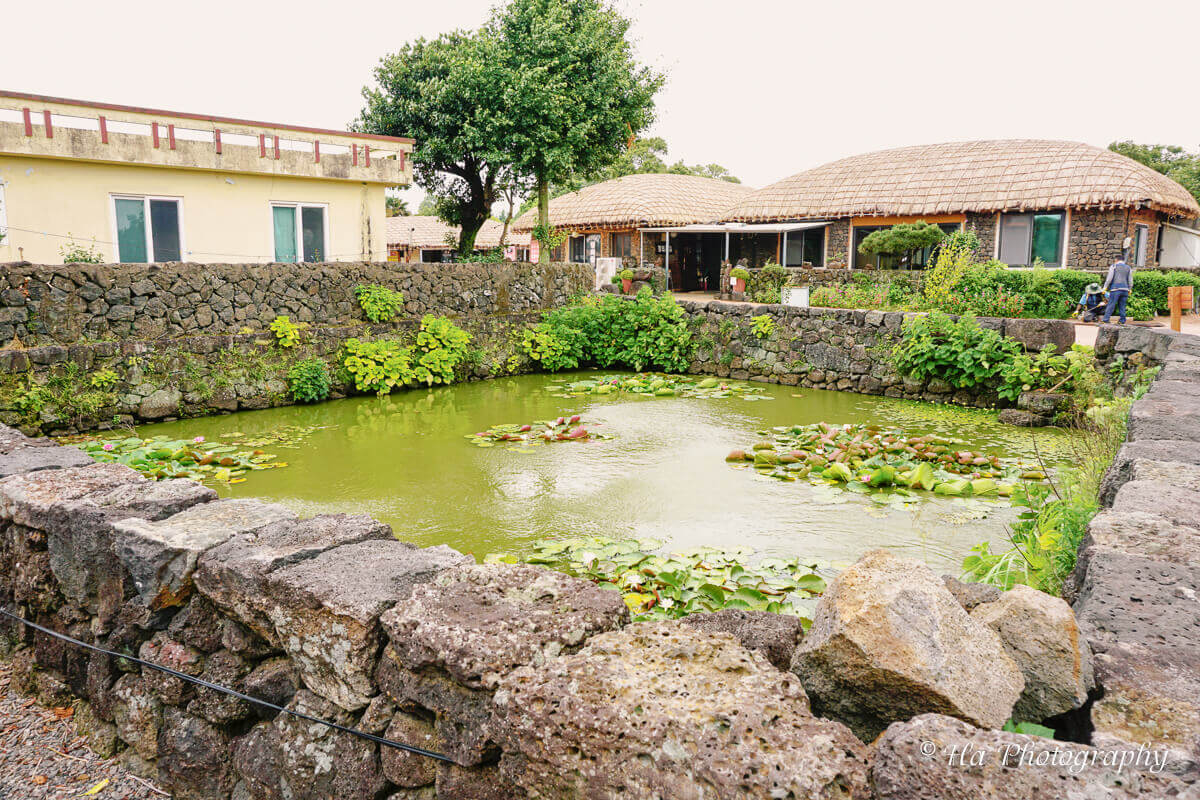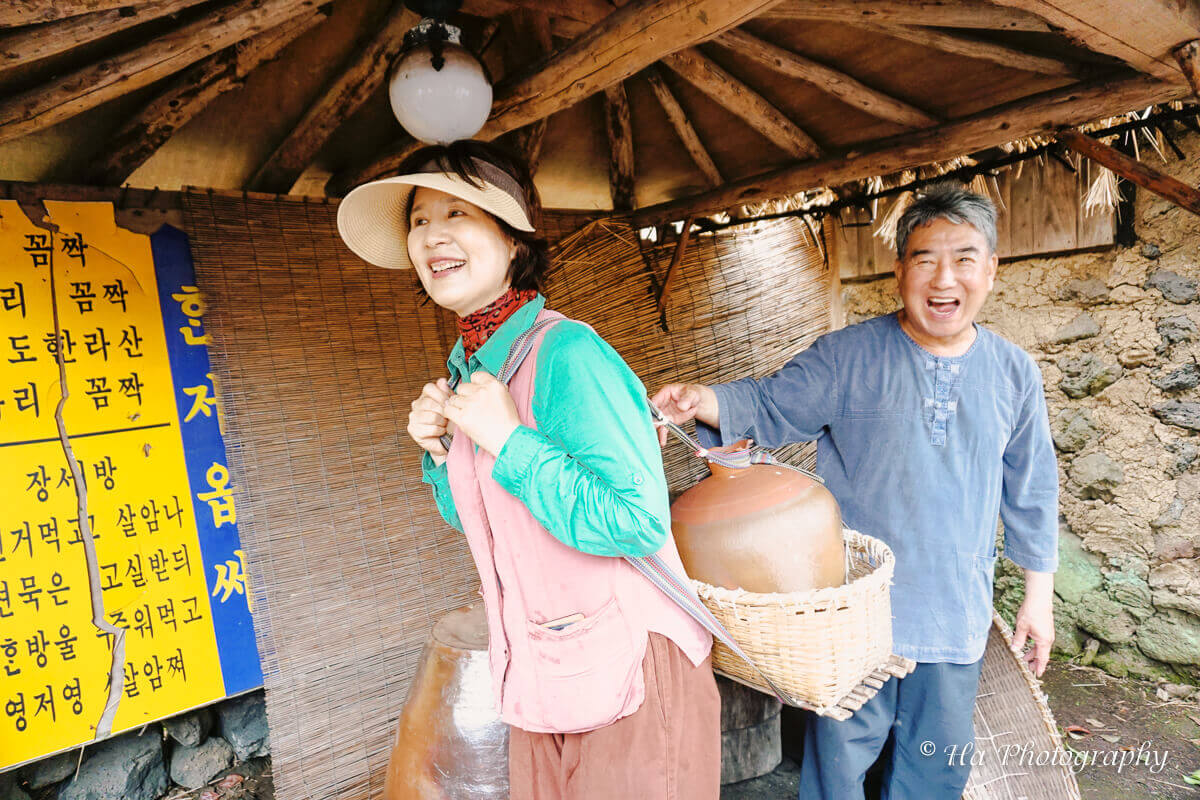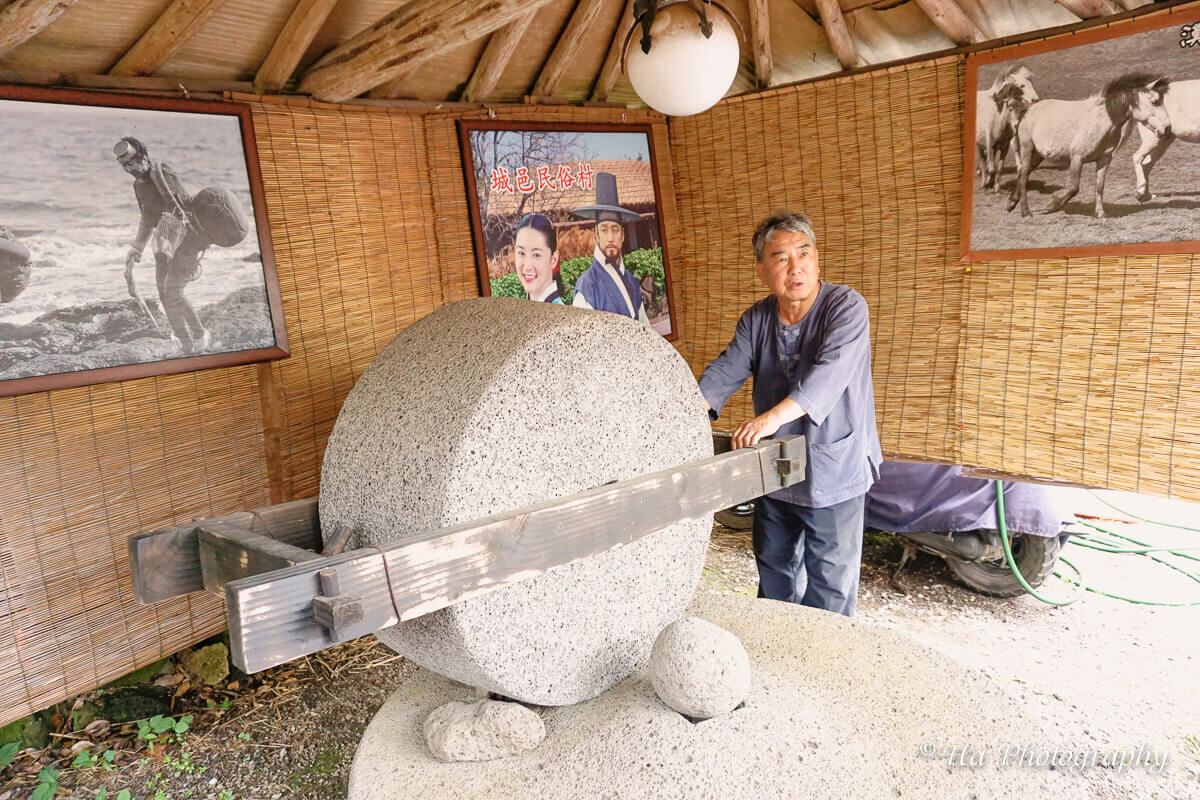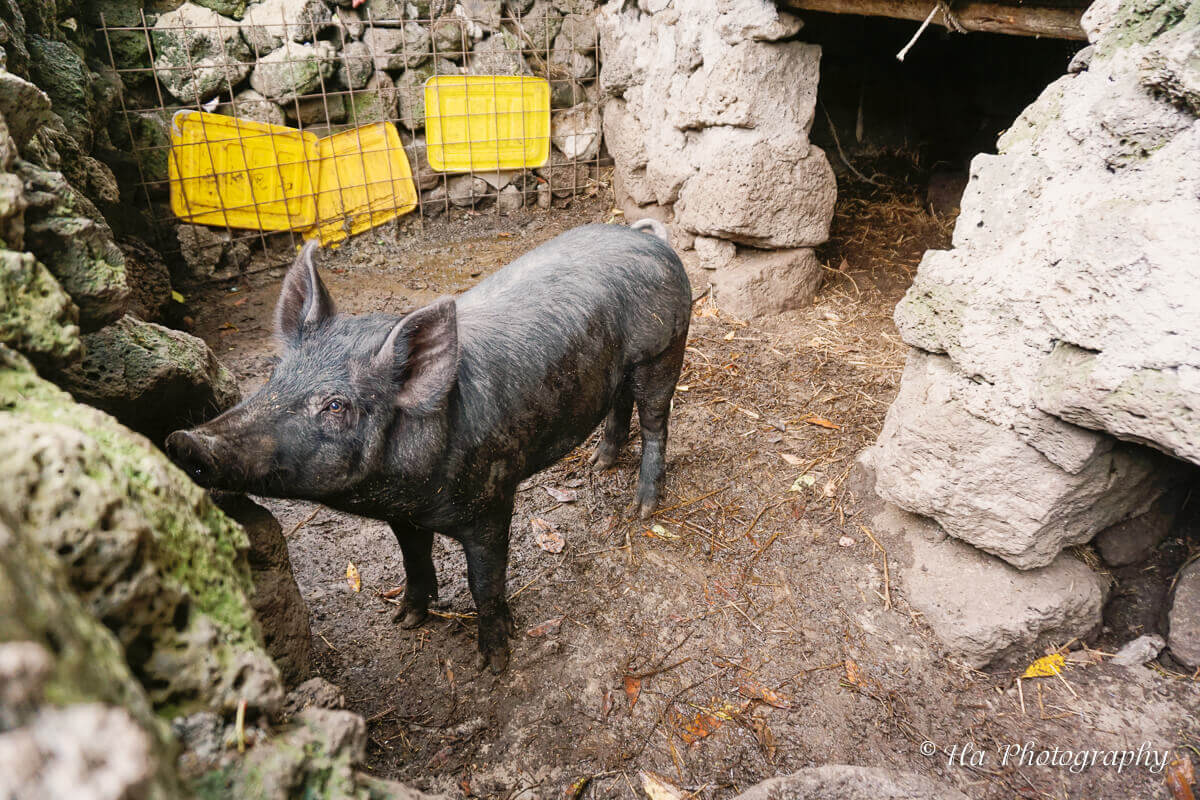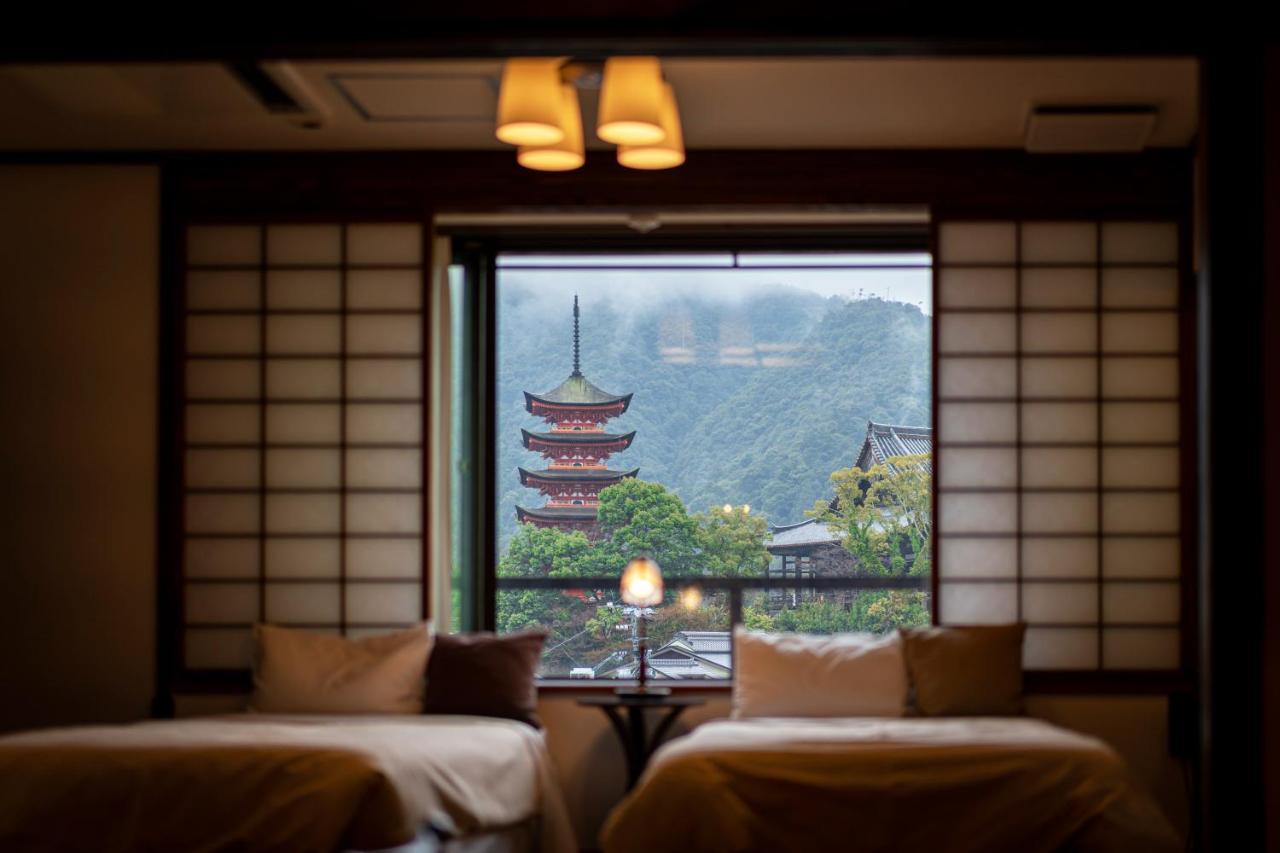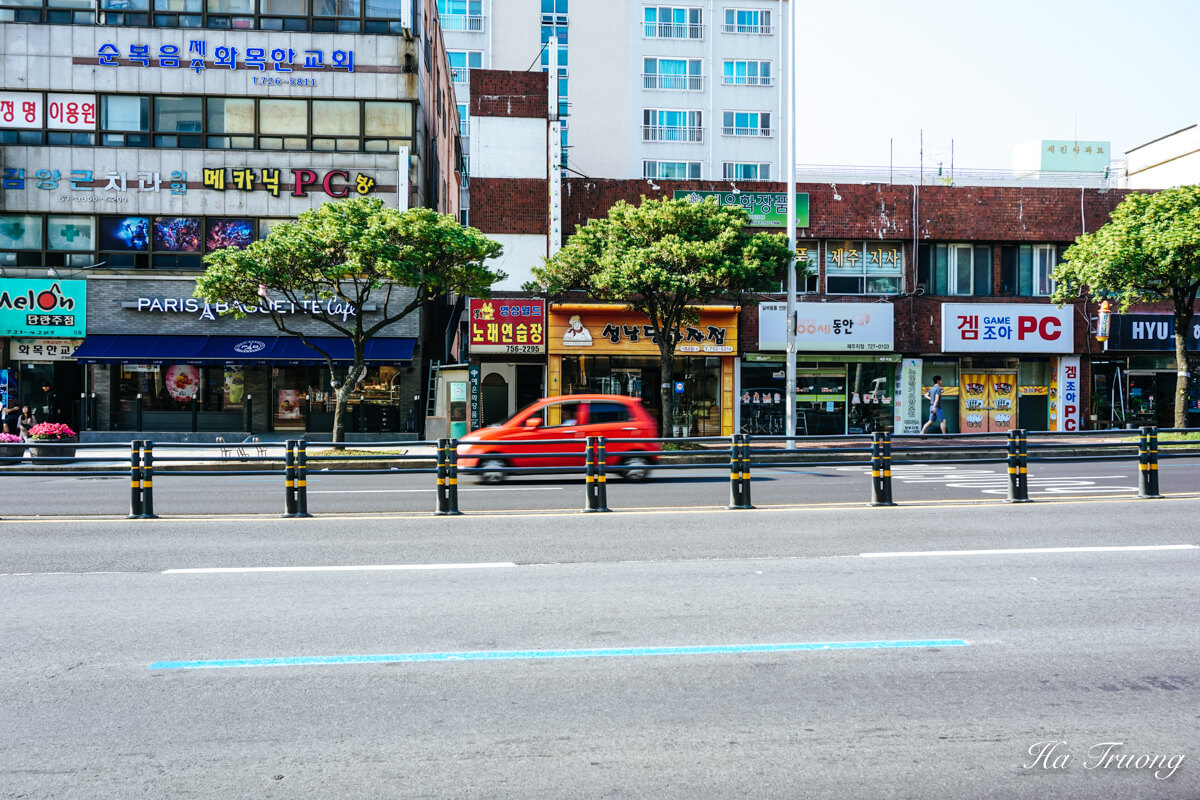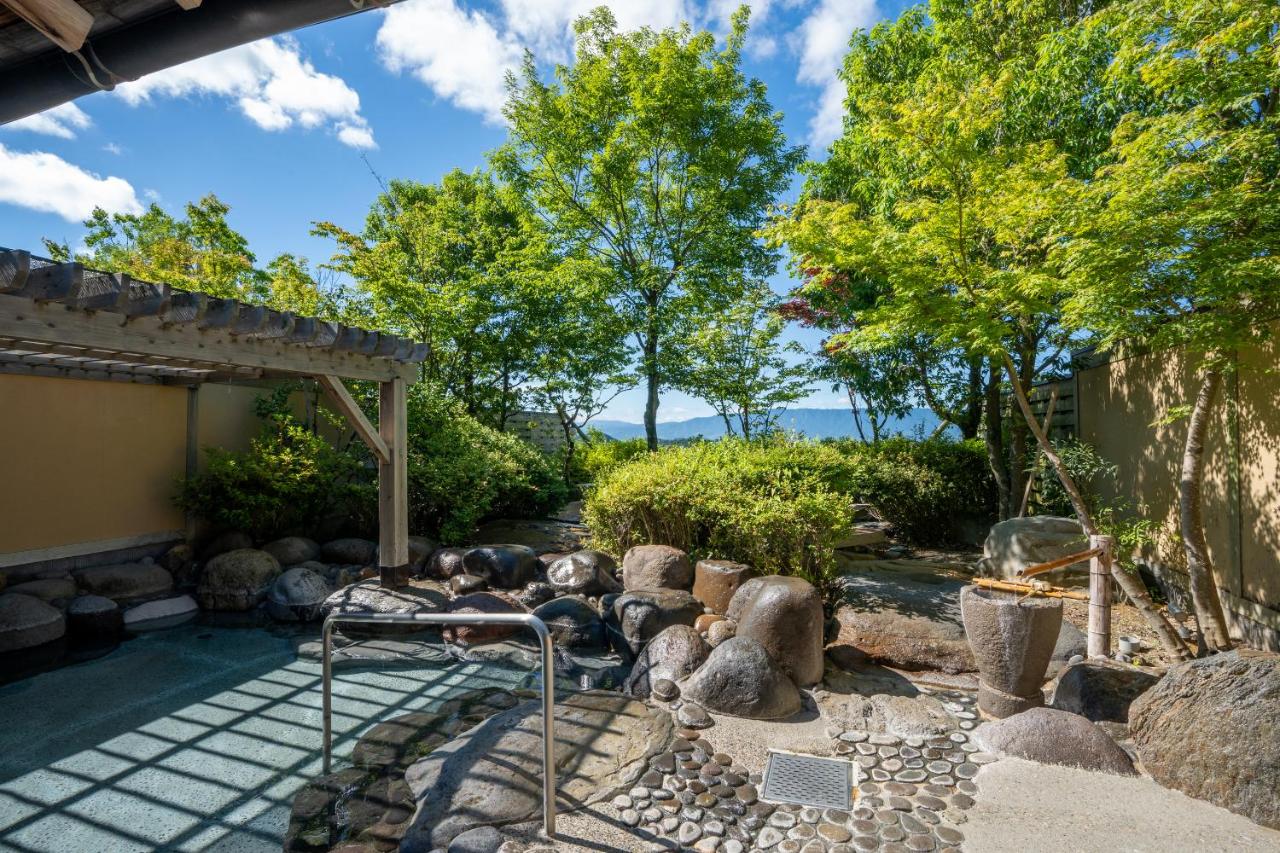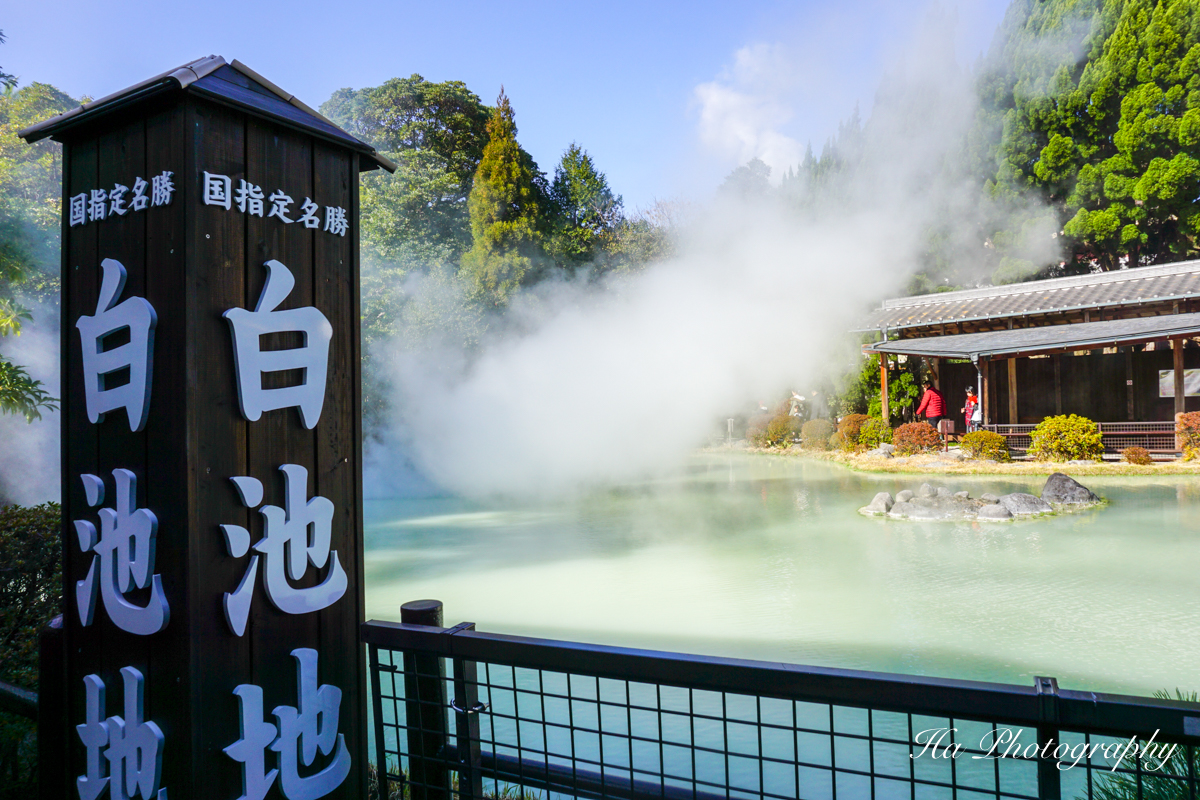Explore Seongeup Folk Village Jeju Island, South Korea
Seongeup Folk Village is one of my favorite places on Jeju Island, South Korea. This ancient village is a fascinating place to learn Jeju island’s history, culture, and how people on the island used to live.
In this article, I share useful travel information of Seongeup Folk Village Jeju Island, South Korea, including its history, things to see and do, how to get there, and travel tips.
About Seongeup Folk Village Jeju
Formed in the 19th century, Seongeup Folk Village was once the capital of the Cheongeui – Hyeon tribe.
Over hundreds of years, the ancient features are still preserved, and there is no sign of fading.
The village is a vivid picture that represents the life of fishers on the island from ancient times and preserves many cultural features of Korea.
Seongeup Village was opened to visitors in 1974 and has welcomed many travelers every year.
The Korean government supports the villagers with free tuition, electricity, water, and monthly allowance to keep this place as a cultural destination.
So there are still residents living at Seongup ethnic village and doing traditional jobs.
Address: 30번지 Seongeupjeonguihyeon-ro, Pyoseon-myeon, Seogwipo-si, Jeju-do, South Korea
Fun fact: This ancient village in Korea was used as the setting for the famous TV series “Dae Jang Gum.” So you will easily come across the introductory photos of the film.
What is the best way to see Seongeup Folk Village?
I highly recommend taking the Eastern Jeju bus tour for your exploration. The bus will take you to several landmarks on the eastern side, including the Seongeup Folk Village.
You’ll then get to hear the stories from the locals and learn their traditions and custom. If you visit the village on your own, you may find it’s pretty deserted, and there’s no local guide.
The tour also includes transportation, tour guide, lunch, and ticket prices to attractions.
I find it hassle-free, convenient, and affordable. Also, it’s an excellent way to meet other travelers, especially when you travel alone.

Things to do at Seongeup Folk Village
See the traditional houses
Beneath the trees are hundreds of traditional houses built in the Joesen dynasty. These houses were once inhabited by the upper, middle, and lower classes.
All of the houses have thick thatched roofs that look like giant mushrooms.
The walls were built from Jeju’s black stone, a local material from lava. Around the area are also utensils for daily life such as kitchens, vegetable gardens, cattle barns, and jars.
I also love the small winding roads in the village. They’re pretty quiet, and the two sides of the road are filled with trees and colorful flowers.
Notice the houses’ gate
The fences of the houses here are about 50cm high and are all made of stone. And the extraordinary thing is that none of the houses have a gate, which I later learn is a unique feature of Jeju.
In front of the main door to the courtyard, there are usually two large rocks with holes on both sides to place bars across the entrance.
What do the bars mean in Jeju folk village?
The placement of the bars is a message from the host about his presence.
- If you see 1 bar, it means there are kids in the house, and I’ll be back soon.
- For 2 bars, the message is “I’m away from morning to afternoon.”
- And 3 bars means that “I’m away for a few days.”
Learn about the customs
In addition to seeing the traditional houses, I also enjoyed listening to stories to understand better the life and culture of the ancient people on the beautiful island of Jeju.
See the pigs
Jeju is famous for its black pigs, commonly known as Jeju Black. The Jeju native black pig is smaller and has smooth black hair.
See the Dolharubang statue
You can see many Dolharubang statues in Jeju folk village. The figure has a top hat, round eyes, a blunt nose, a smiling mouth, or a stern expression carved out of lava rock on this island.

Best time to visit Seongeup Folk Village
The ideal time to visit Jeju folk village is spring or summer. From the end of June to August, it rains a lot so you won’t be able to do much sightseeing.
How to get to Seongeup Folk Village
- From Jeju Intercity Bus Terminal: take the bus bound for Beonnyeong-ro. Get off at Seongeup 1-ri samuso, then walk about 200m. The journey takes about 1 hour 40 minutes.
- From Seogwipo Intercity Bus Terminal: take the bus to Dongilju. Get off at Pyoseon-ri samuso, turn left at the intersection and go straight until you reach the bus stop. You then take the bus to Beonnyeong-ro. The total travel time for this route is 45 minutes.
What attractions are near Seongeup Folk Village?
After visiting the folk village, head to Seongsan Ilchulbong Peak, a tuff cone crater formed approximately 5,000 years ago by a volcanic eruption.

